How Much Cheaper is IVF in Mexico Than in the United States?
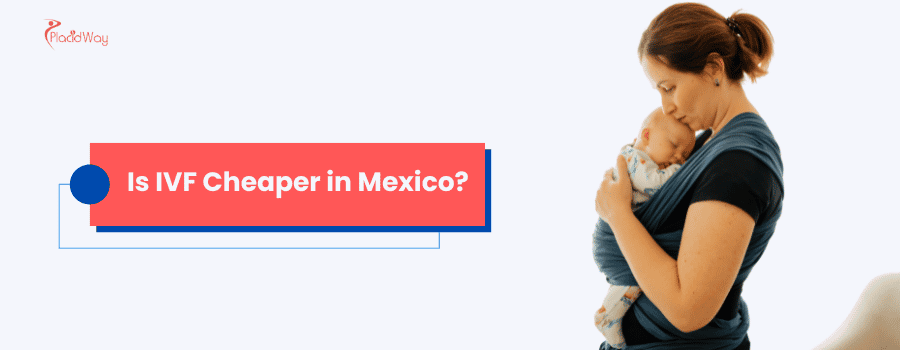
Starting a family is a beautiful journey, but for many, the path to parenthood requires medical assistance. In-Vitro Fertilization (IVF) has been a beacon of hope for millions, but its high cost in countries like the United States can be a major barrier. This financial strain has led many aspiring parents to look beyond their borders for more affordable options. Mexico has emerged as a leading destination for fertility tourism, offering a compelling combination of lower costs, high-quality medical care, and experienced specialists. But is it truly the cost-effective solution it appears to be?
If you're asking, "Is IVF cheaper in Mexico?", the straightforward answer is a resounding yes. However, a lower price tag naturally brings up other important questions about quality, safety, and overall value. This guide is designed to provide you with a comprehensive, transparent look at what you can expect when considering IVF treatment in Mexico. We'll break down the costs, compare them to the US, explore the quality of care, discuss success rates, and uncover any potential hidden fees. Our goal is to give you the clear, detailed information you need to make a confident and informed decision on your path to parenthood.
What is the average cost of one IVF cycle in Mexico?
The most significant draw for getting IVF in Mexico is the price. While the exact cost will vary depending on the specific clinic, the city (e.g., Cancun, Tijuana, Mexico City), and your individual medical needs, the savings are consistently substantial. A standard IVF package in Mexico generally covers the core procedures needed for one cycle.
Here’s a general comparison of what you might expect to pay:
| Service | Average Cost in Mexico (USD) | Average Cost in the USA (USD) |
|---|---|---|
| Standard IVF Cycle (Base Price) | $4,500 - $8,500 | $15,000 - $25,000+ |
| IVF Medications | $1,000 - $2,500 | $3,000 - $7,000 |
| IVF with Donor Eggs | $9,000 - $13,000 | $25,000 - $40,000 |
These figures illustrate that even when factoring in additional costs, the total expense in Mexico remains significantly lower. The base price in Mexico often includes services that are considered "add-ons" in the US, such as Intracytoplasmic Sperm Injection (ICSI), which can add thousands to a US bill.
How much can I realistically save by doing IVF in Mexico?
The potential for savings is immense. Let's consider a real-world scenario. A couple in the US is quoted $22,000 for a single IVF cycle with medication. They decide to explore options in Mexico and receive a quote for an all-inclusive package at $7,500. Add in $1,500 for flights and a two-week stay in comfortable accommodation, and their total cost is $9,000. In this example, their total savings amount to $13,000.
This is not an uncommon scenario. The savings are not just on the procedure itself but across the board, including consultations, medications, and specialized tests. This financial relief allows many couples to afford multiple cycles if needed, increasing their chances of success without the crippling financial burden they would face at home.
Are there hidden costs for IVF in Mexico?
While Mexico offers incredible value, it's essential to be a savvy medical tourist. Transparency is key. Before committing, you must understand exactly what your quoted price includes. Some clinics may advertise a very low base price to attract patients, only for other necessary costs to be added later.
Be sure to ask if the following are included in your quote:
- Fertility Medications: This is one of the most significant additional costs.
- Pre-Treatment Screening: Blood tests and ultrasounds for both partners.
- Anesthesia: Fees for the anesthesiologist during egg retrieval.
- ICSI: A specialized fertilization technique that is often standard in Mexico but can be extra.
- Embryo Freezing (Cryopreservation): Vitrification of any remaining viable embryos and the first year of storage.
- Preimplantation Genetic Testing (PGT): If you opt for genetic screening of your embryos, this is almost always an additional fee.
A reputable clinic will provide a clear, itemized cost breakdown. Do not hesitate to ask questions until you are completely comfortable with what you are paying for.
Why is IVF so much cheaper in Mexico?
The dramatic price difference is not a reflection of lower quality but rather a result of different economic structures. In the United States, high healthcare costs are driven by factors like expensive malpractice insurance, high administrative overhead, and pharmaceutical pricing. Mexico does not have these same pressures, allowing clinics to operate at a much lower cost.
Furthermore, the Mexican government actively supports medical tourism, which helps keep standards high and prices competitive. Clinics can invest in state-of-the-art technology and hire highly qualified, often US-trained, doctors while still offering prices that are accessible to international patients.
What are the success rates for IVF in Mexico?
A lower cost does not mean a lower chance of success. Leading fertility clinics in Mexico are on par with international standards and often publish their success rates. It's important to look for the live birth rate, not just the pregnancy rate, as this is the most accurate measure of a successful outcome.
Factors that influence success rates include:
- The patient's age and fertility diagnosis.
- The quality of the clinic's laboratory.
- The experience of the medical team and embryologists.
- The technology used for embryo culture and selection.
When researching clinics, ask for their success rates broken down by age group. Reputable clinics will be transparent with their data, helping you set realistic expectations.
How does the quality of IVF clinics in Mexico compare to the US?
Mexico's best fertility centers are built to serve an international clientele. This means they adhere to the highest standards of care and customer service. Many doctors have received training in the US or Europe and are members of international reproductive medicine societies. Clinics are often equipped with the same advanced technology you would find in a top US facility, including advanced incubators and genetic testing labs.
To ensure quality, look for clinics that have certifications from Mexico's Federal Commission for Protection against Sanitary Risks (COFEPRIS) or other international bodies. Reading patient reviews and testimonials can also provide valuable insight into the quality of care and patient experience.
Is IVF in Mexico safe?
Patient safety is a top priority for established Mexican fertility clinics. They follow rigorous sterilization protocols and patient care standards. The medical teams are experienced in managing all aspects of the IVF cycle, from stimulation to post-transfer care. The key is to do your research and choose a well-regarded clinic with a long history of safely treating international patients.
What's included in a typical IVF package in Mexico?
While packages vary, a comprehensive IVF plan at a good Mexican clinic will usually cover the entire core process. It's common for these packages to be more inclusive than their US counterparts. For example, ICSI (Intracytoplasmic Sperm Injection), a technique used for male factor infertility, costs an extra $1,500-$2,500 in the US but is often included as standard in Mexican clinic packages because it generally improves fertilization rates.
How long do I need to stay in Mexico for IVF?
The process begins with ovarian stimulation, which involves daily injections for about 10-12 days. During this time, you'll need several monitoring appointments. Once your follicles are ready, the egg retrieval is scheduled. The embryos are then cultured in the lab for 3-5 days before the embryo transfer takes place. Most doctors recommend resting for a day or two after the transfer before flying home. Many clinics offer remote consultations to begin the process, minimizing your time away from home.
What are the pros and cons of getting IVF in Mexico?
| Pros | Cons |
|---|---|
| Massive Cost Savings (50-70%) | Need for International Travel |
| High-Quality, Accredited Clinics | Time Away from Home and Work |
| Experienced, Bilingual Specialists | Being Away from Your Primary Support System |
| Access to Advanced Technology | Potential for Unexpected Travel Complications |
| More Affordable Medications | Navigating a Different Healthcare System |
Ready to Explore Your Options?
Making the decision to pursue IVF abroad is a significant step. If you're ready to find a trusted, high-quality fertility clinic that fits your budget, PlacidWay can help. We connect patients with a global network of accredited healthcare providers.


.png)



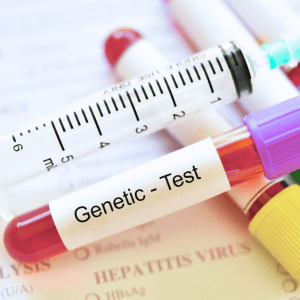

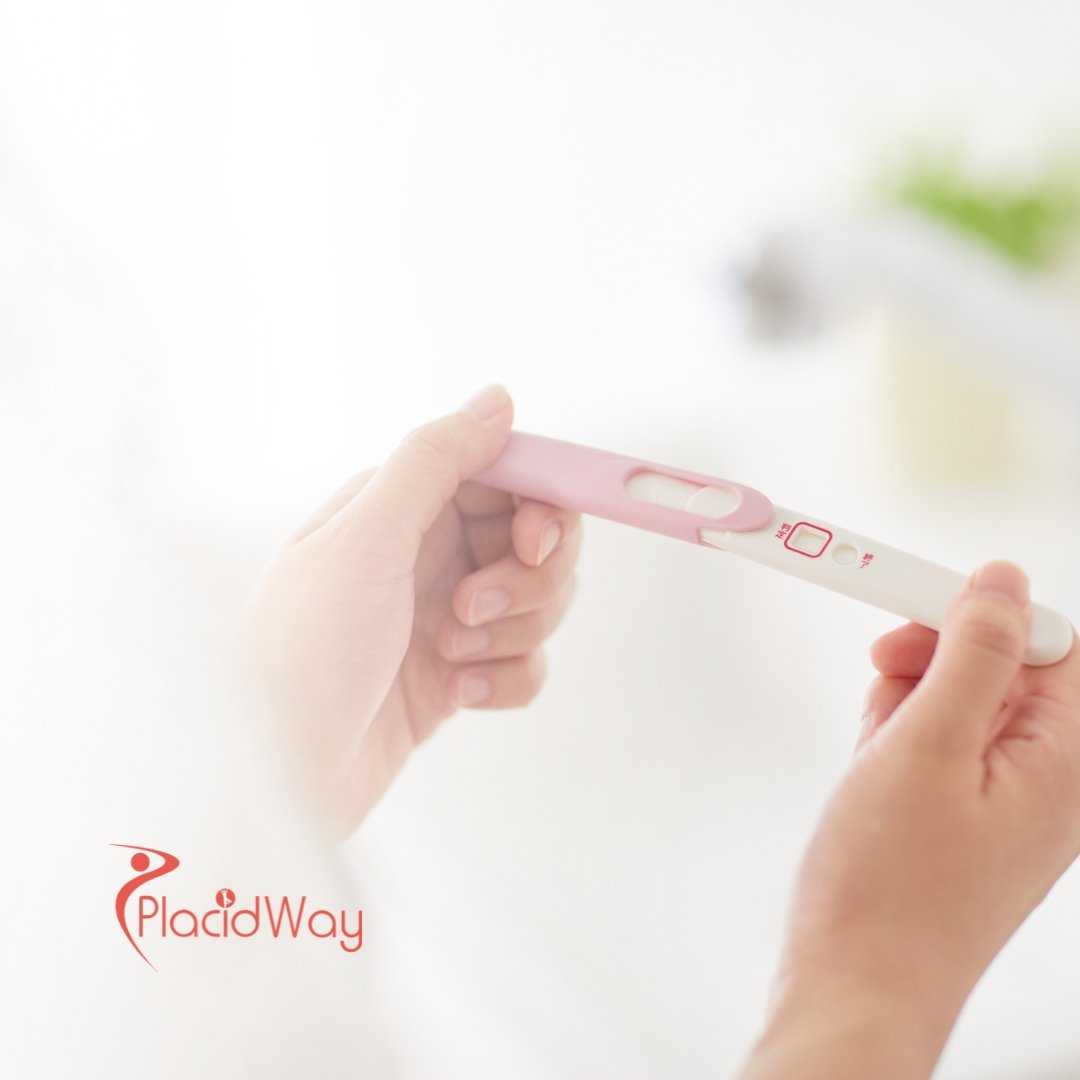
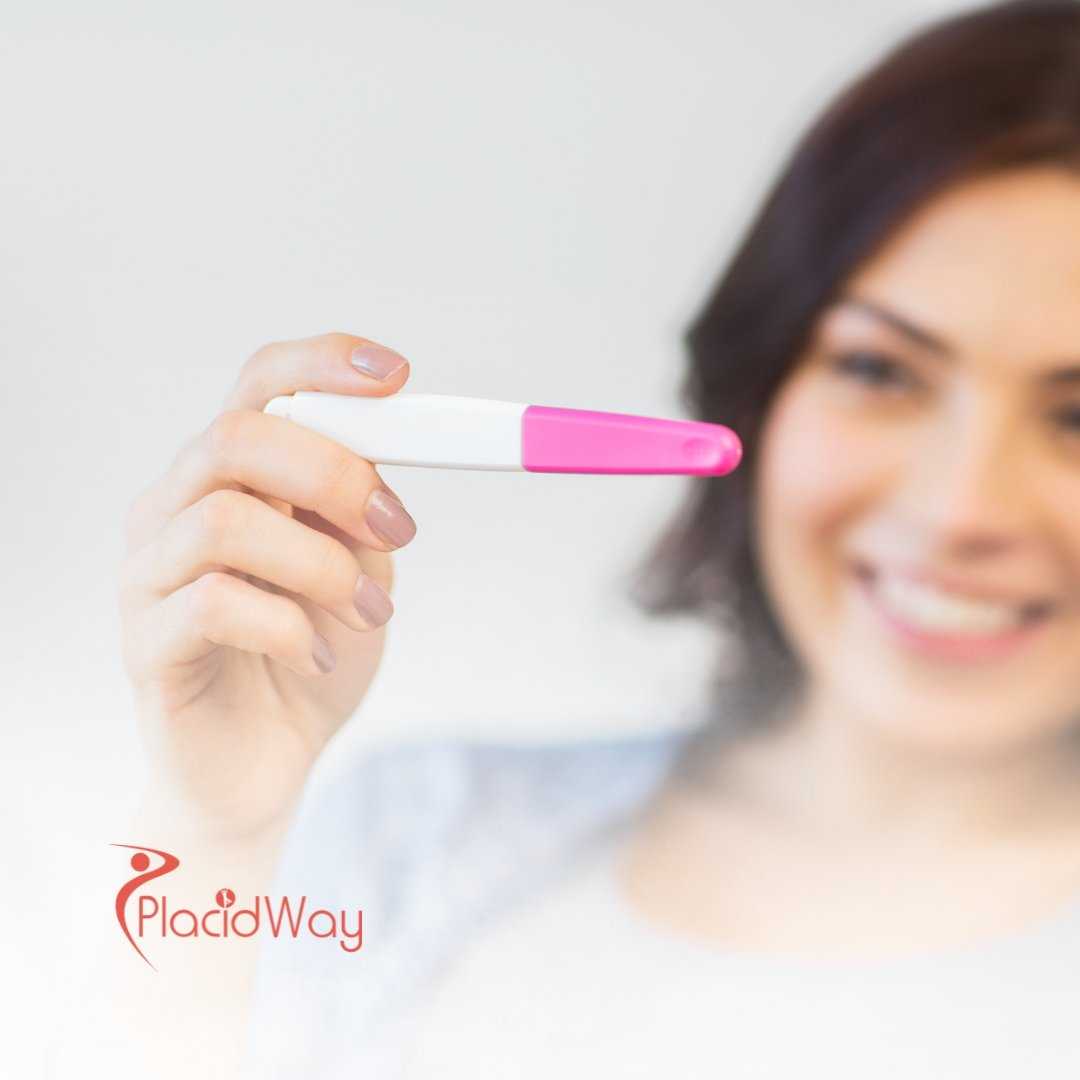

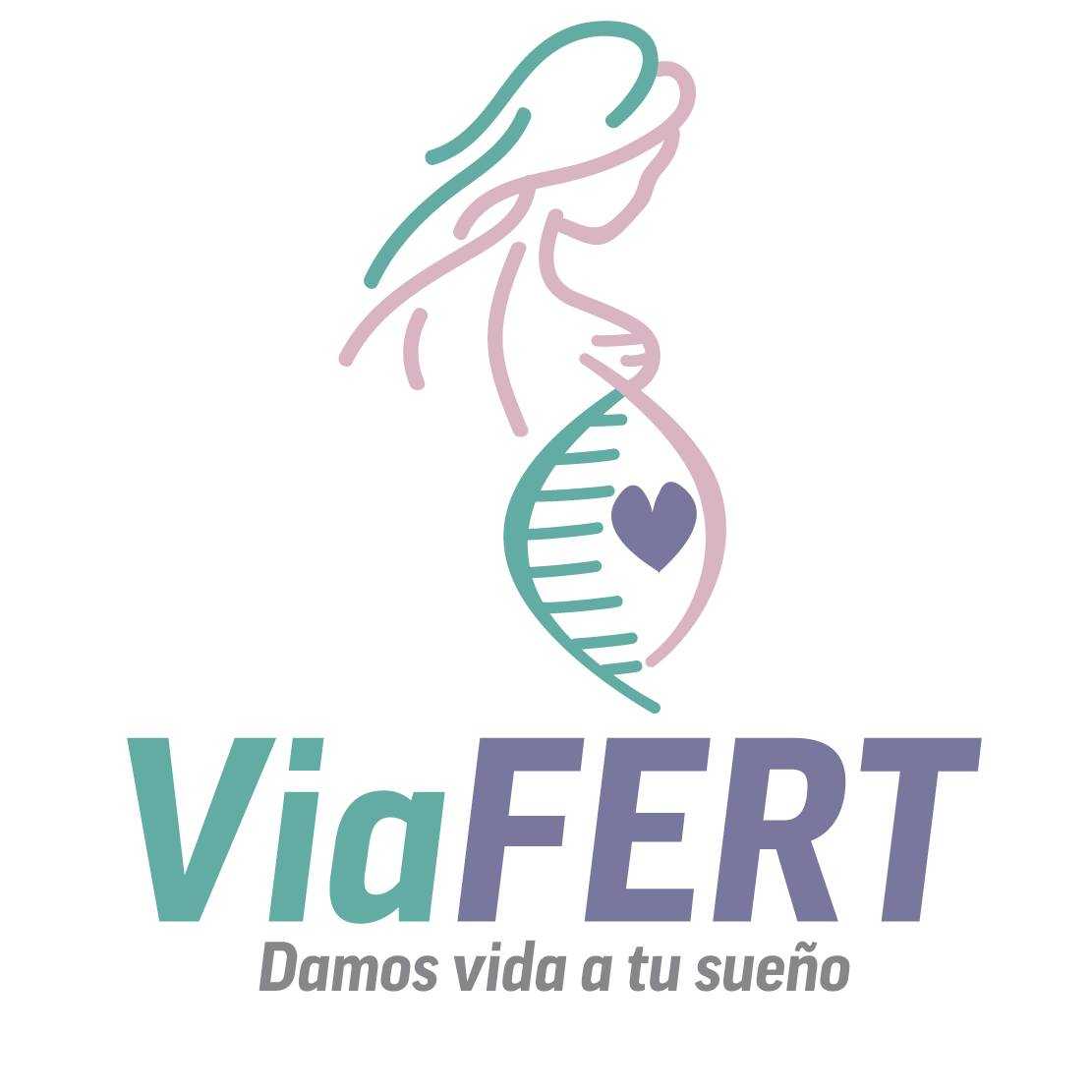
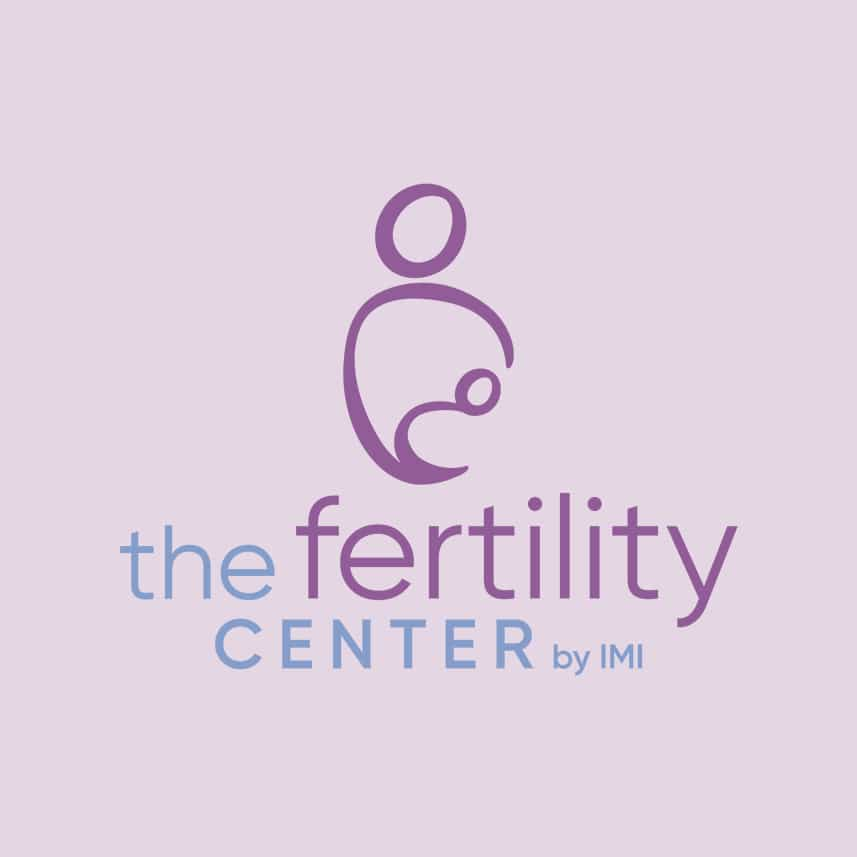


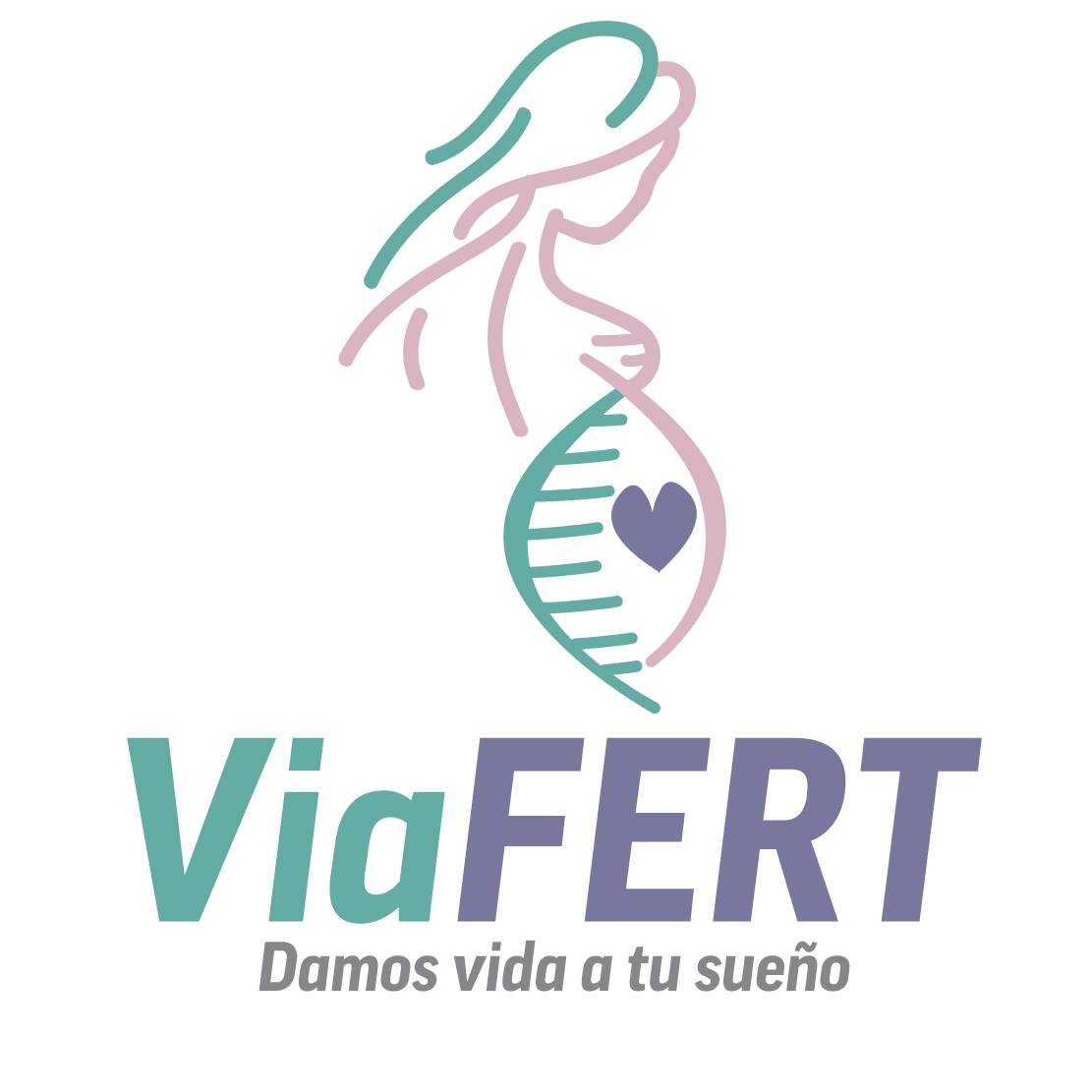

Share this listing